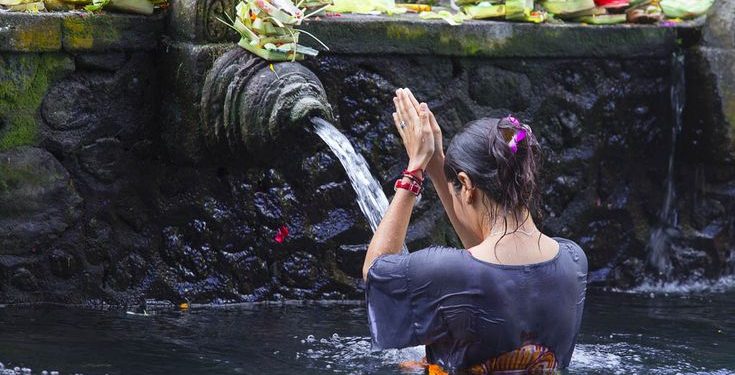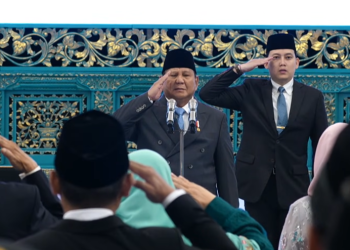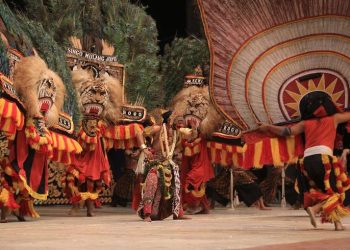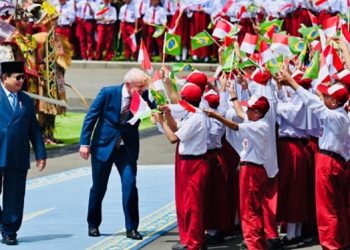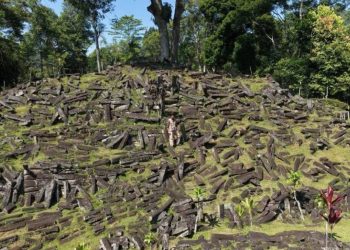Jakarta, Indonesia Sentinel — Bali’s allure extends far beyond its breathtaking landscapes, the island’s rich cultural heritage and traditional rituals also captivate visitors from around the world. Among these rituals, the Melukat purification ritual stands out as a deeply spiritual experience, believed to cleanse the mind, body, and soul of negative energies and impurities.
The melukat ritual, akin to a sacred bathing ceremony, is said to dispel negative thoughts, fatigue, and even the effects of black magic, leaving participants feeling calm, peaceful, and rejuvenated. Many have praised its benefits for mental health, adding another layer of appeal to this ancient Balinese tradition.
The Meaning and Philosophy
Accoridng to Antara, I Nyoman Kenak, Chairman of the Bali chapter of the Indonesian Hindu Dharma Council (PHDI), explains that the word melukat originates from sulukat, which is derived from the Sanskrit words su (good) and lukat (cleansing or purification).
The ritual is rooted in the concept of purification on both physical (sekala) and spiritual (niskala) levels, harmonizing the human body and mind (bhuwana alit) with the universe (bhuwana agung).
The ceremony relies on the use of sacred water drawn from natural springs or holy sources that have been blessed through Hindu prayers.
“Sacred water in melukat is believed to wash away both physical and spiritual impurities, creating a sense of renewal and balance,” Kenak said.
Types and Methods of Melukat
Melukat can be performed in two primary contexts:
- For Religious Ceremonies: The ritual performed before religious ceremony for purification, Sacred water (tirta) is sprinkled on offerings to purify and sanctify the elements involved in Hindu rituals.
- For Personal Purification: This ritual performed for cleansing one’s own body and spirit, which goes beyond a simple bath.
When performed for personal purification, there are two main approaches:
- Guided by a Hindu Priest (Sulinggih): Participants can visit the residence of a sulinggih, where the ritual begins with prayers and the use of blessed water and symbolic items such as a golden-husk coconut, representing Lord Shiva. Specific types of melukat led by priests include Gni Ngelayang which is performed for healing.
- Self-Conducted Rituals: Many choose to perform melukat independently at sacred water sources, typically located in temples throughout Bali, such as Tirta Empul Temple in Gianyar.
The Ritual Process
Bali is home to numerous temples with sacred natural springs that can be used as ritual sites, including the renowned Tirta Empul Temple in Gianyar Regency.
Before stepping into the water to performed the Melukat ritual, participants pray to declare their intentions and hopes. Offerings, such as simple canang (woven palm leaf trays with flowers), are prepared as part of the ritual.
Participants then let the sacred water flow over their bodies, starting from the head, while reciting prayers aligned with their personal beliefs. According to I Nyoman Kenak, the water is believed to cleanse papa klesa—negative energies and impurities that cloud the mind and soul.
Guidelines and Attire
There are specific guidelines to observe when performing melukat. Women are prohibited from participating during menstruation, and traditional Balinese attire is required. Men typically wear a kain (fabric wrap), udeng (headband), and sash, while women wear a kain, kebaya blouse, and a sash tied at the waist.
Read also : Bali’s Sacred Melukat Ritual Draws Global Tourists Attentions, Spark Concerns Over Ritual Sanctity
By combining spirituality, tradition, and a connection to nature, the melukat ritual offers a unique pathway to inner peace, drawing participants from all walks of life to experience its profound benefits.
(Raidi/Agung)


